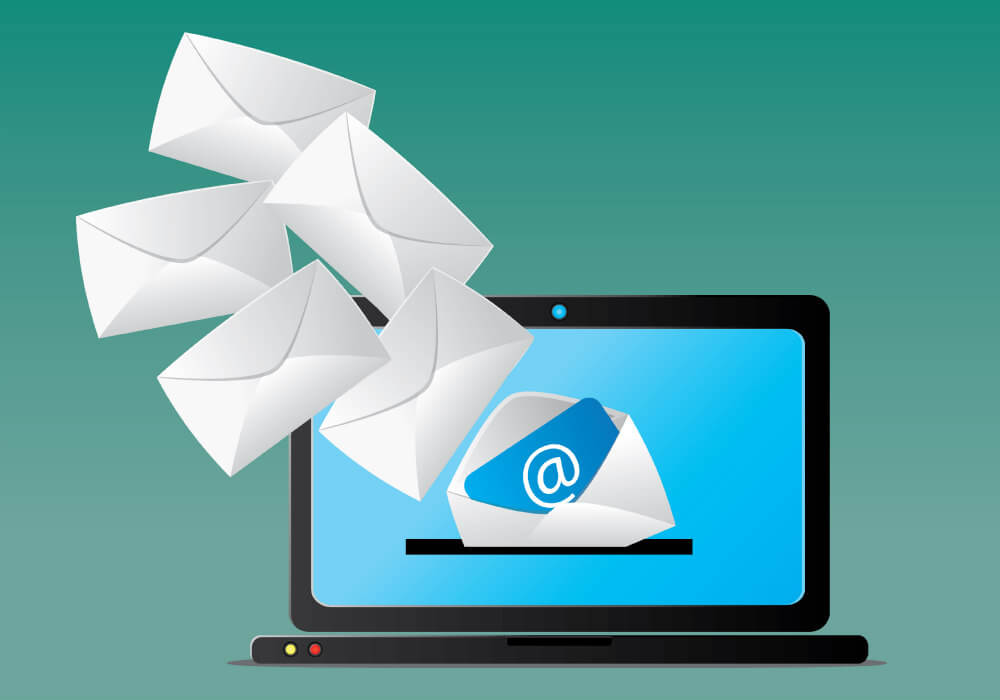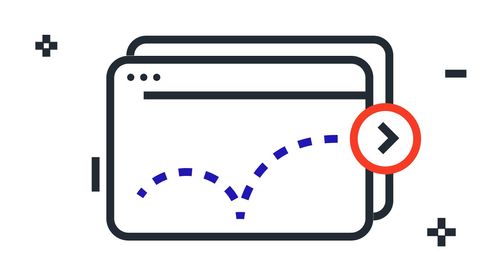Bouncing back emails can be frustrating and detrimental to your communication efforts. Whether you're a business professional, marketer, or simply an individual trying to reach someone, encountering bounced emails can hinder your progress and lead to missed opportunities. Understanding why emails bounce back and how to address the issue is crucial for ensuring successful email delivery. In this comprehensive guide, we'll delve into the various reasons behind email bounces and provide effective solutions to overcome them.
Reasons Behind Email Bouncing

Emails can bounce back for several reasons, ranging from technical issues to recipient-related problems. Let's explore the most common causes of bounced emails:
1. Invalid or Nonexistent Email Addresses
One of the primary reasons for bounced emails is sending messages to invalid or nonexistent email addresses. This can occur if you mistype the recipient's email address or if the address is no longer in use. When an email server receives a message addressed to a nonexistent account, it generates a bounce-back notification, indicating that the email couldn't be delivered.
Solution: Double-check email addresses before sending messages. Use an email validation service to verify the accuracy of email addresses and remove invalid ones from your mailing list. Regularly clean up your subscriber list to ensure accurate and up-to-date information.
2. Full Mailbox or Storage Quota Exceeded
If a recipient's mailbox is full or their storage quota has been exceeded, incoming emails will bounce back. This typically occurs when users fail to manage their mailbox, resulting in insufficient space to receive new messages.
Solution: Advise the recipient to clear their mailbox or increase their storage capacity. Alternatively, you can ask them to provide an alternative email address where you can send your message.
3. Email Server Issues
Temporary or permanent issues with the recipient's email server can also cause bounced emails. These problems can include server downtime, maintenance, configuration errors, or technical glitches.
Solution: If you receive a bounce-back notification due to server issues, you can try resending the email later. If the problem persists, contact the recipient or their IT support team to ensure the server is functioning correctly.
4. Sender Reputation and Spam Filters
Emails sent from suspicious or blacklisted senders often get flagged as spam or rejected by the recipient's email service provider. Spam filters analyze various factors, including sender reputation, content quality, and email authentication, to determine whether an email should be delivered to the recipient's inbox.
Solution: Maintain a good sender reputation by adhering to email best practices. Use a reputable email service provider (ESP) that follows proper email authentication protocols. Craft relevant and engaging content that avoids common spam triggers. Regularly monitor your email deliverability and reputation to identify and rectify any issues.
5. DNS Configuration Issues
Domain Name System (DNS) configuration issues can prevent successful email delivery. These issues can occur if your DNS records, such as SPF (Sender Policy Framework) and DKIM (DomainKeys Identified Mail), are not properly configured.
Solution: Ensure that your DNS records are correctly set up and aligned with industry standards. Consult with your email service provider or IT team to verify the proper configuration of SPF, DKIM, and other DNS settings.
6. Content Triggers and Formatting Errors
Certain content triggers or formatting errors within your email can trigger spam filters and cause emails to bounce back. These triggers can include excessive use of capital letters, suspicious links, or certain keywords that are commonly associated with spam.
Solution: Be mindful of your email content and formatting. Avoid excessive use of capitalization and spam-related keywords. Test your emails with spam checking tools to identify any potential issues before sending them out.
7. Network or Connectivity Issues
Temporary network or connectivity issues between your email server and the recipient's server can also result in bounced emails. These issues can occur due to internet outages, firewall restrictions, or routing problems.
Solution: If you encounter frequent connectivity issues, ensure that your internet connection is stable and properly configured. Contact your IT team or service provider to resolve any network-related issues.

Conclusion
Understanding the reasons behind email bouncing and implementing effective solutions can significantly improve your email delivery rates and communication success. By ensuring valid email addresses, maintaining a good sender reputation, and addressing technical issues promptly, you can minimize email bounces and increase the chances of your messages reaching their intended recipients. Remember to regularly monitor and optimize your email delivery practices to stay ahead of any potential obstacles.
Commonly Asked Questions
1. How can I prevent emails from bouncing back?
To prevent emails from bouncing back, follow these steps:
- Double-check email addresses before sending messages.
- Use an email validation service to verify the accuracy of email addresses.
- Regularly clean up your mailing list to remove invalid or nonexistent addresses.
- Ensure your email content adheres to best practices and avoids spam triggers.
- Monitor your sender reputation and deliverability regularly.
- Verify the proper configuration of SPF, DKIM, and other DNS settings.
- Maintain a stable and properly configured internet connection.
2. What should I do if my emails are bouncing back?
If your emails are bouncing back, consider the following steps:
- Check the bounce-back notifications to identify the specific reason for the bounce.
- Review the recipient's email address for accuracy and validity.
- Contact the recipient to ensure their mailbox is not full and their email server is functioning correctly.
- Verify your sender reputation and ensure you are following email best practices.
- Consult with your IT team or email service provider to resolve any technical issues.
3. How can I improve my sender reputation?
To improve your sender reputation, consider the following strategies:
- Use a reputable email service provider (ESP) that follows proper email authentication protocols.
- Ensure your emails contain relevant and engaging content that avoids common spam triggers.
- Regularly monitor your email deliverability and reputation using specialized tools.
- Respond promptly to any bounce-back notifications or spam complaints.
- Optimize your email list by removing inactive or unengaged subscribers.
By implementing these measures, you can enhance your sender reputation and increase the chances of your emails reaching the intended recipients' inboxes.



